by Christine Shin
The claim that public speaking tops death as the greatest human fear led Jerry Seinfeld to say, “So if you go to a funeral, you’re better off in the casket than giving the eulogy.”
Now consider how much more terrifying the public performance of music must be—hundreds of eyes and ears trained on a single person as he or she makes a complex instrument speak in what amounts to a foreign language. Sounds like enough to make anyone prefer the casket!
But then there are those musicians—we’ve all known them—for whom performing is a joy, whose “butterflies” flutter out of excitement rather than a desire to migrate far, far away from the stage. Performance is the fulfillment of the central purpose of music—the emotional communication between people—and so is an essential part of being a complete musician.
So how can we give our children the gift of that joyous performance experience rather than the fearful and painful one that is all too common?
Some tips:
1. Perform early, perform often. Children whose first public performance is in the late elementary or middle school years (or, heaven forfend, even later) are much more likely to struggle with performance anxiety issues than those who performed frequently at an early age, before the developing mind has had a chance to build its wall of objections too high. It’s like learning a language early: the child never has a chance to realize it’s hard.
2. Start small. Carnegie can wait. Playing for gathered brother and sisters or cousins or neighbors is an excellent bridge experience to the recital stage. The child can have greater confidence that the audience wishes her well when she knows every one of them personally.
3. Know that the audience is on your side. It’s true, you know—audiences do not wish performers ill, especially student performers. They want the performers to have a good experience. Ninety percent of all errors will go unnoticed; the rest will be forgiven. Reminding young people that audiences are rooting for them, not against them, can be very helpful. Parents can also ask children to be aware of their own judgments when they are in the audience. When children realize that they themselves are supportive listeners, they will be more likely to assume the same from their own audiences.
4. Perfection is for robots. The demand for perfection is the kiss of death for any hope of enjoyment in performance. Concert careers have been destroyed by the insane pressure to produce 100% unblemished musical performances time and time again. Let kids know that beauty does not require flawlessness, and that it is silly to consider a performance with a few wrong notes to be a failure.
5. Apply the 5-to-1 principle. When commenting on a child’s practicing, try to meet or exceed a 5-to-1 ratio of positive comments to corrections. Insist that the child do the same for herself—especially after a performance. Who among us hasn’t stomped off stage after a lovely performance grousing about this or that mistake we made? Stop the child in her tracks with, “Hold it! First I want to hear five things that went beautifully. Then you can talk about the mistake.”
6. Breathing. The recitalist stands in the wings, looking at the bright stage and open piano—and it begins. A squirt of adrenaline gets the heart pumping faster and he begins to breathe fast and shallow. Not the best way to enter the flow state! He can’t directly control his heart rate or adrenal function, but he can control his breathing, which in turn can moderate the rest of the response. Teach the child to take in deep, slow, measured breaths. The rush of oxygen calms the alarm response and allows the body to settle into a more relaxed, focused mode.
7. Think positively! Easier said than done, perhaps, but the power of positive thinking is a well-established boon for performers of all types. If you expect to fail, you are more likely to do so. Help children to develop positive “self-talk” prior to performing.
8. Visualization. Closely tied to positive thinking is visualization. Encourage children to visualize the entire performance situation from beginning to end, in real time. This allows them to anticipate the sights and sounds of the event, and—even more importantly—to picture things going well.
9. Encourage “flow.” Performers should make a conscious effort to enter what psychologist Dr. Mihaly Csikszentmihalyi has called a “flow state” during practice and performance. In a flow state, external worries drop away—including obsessions over making errors— allowing the performer to become at one with the music. The more a performer can enter the flow of the music itself, the less aware or concerned he or she will be about the audience. Some performers are so good at this that they startle slightly at the sound of applause after the final chord!
10. Preparation. Nothing beats the jitters and ensures good performance like adequate preparation. Help your child to recognize and treasure the “second nature” feeling of performing something that he or she knows well. The feeling of mastery will also facilitate the “flow state”—making the young performer at one with the music and increasing the odds of joyful performance.
Performance is the culmination of musical experience, the joining of the hearts of composer and listener through the skill and soul of the performer. It’s a profound kind of communication, but it should be fun as well. There’s a reason they call it “playing,” after all.
© Christine E. Shin. All Rights Reserved.

